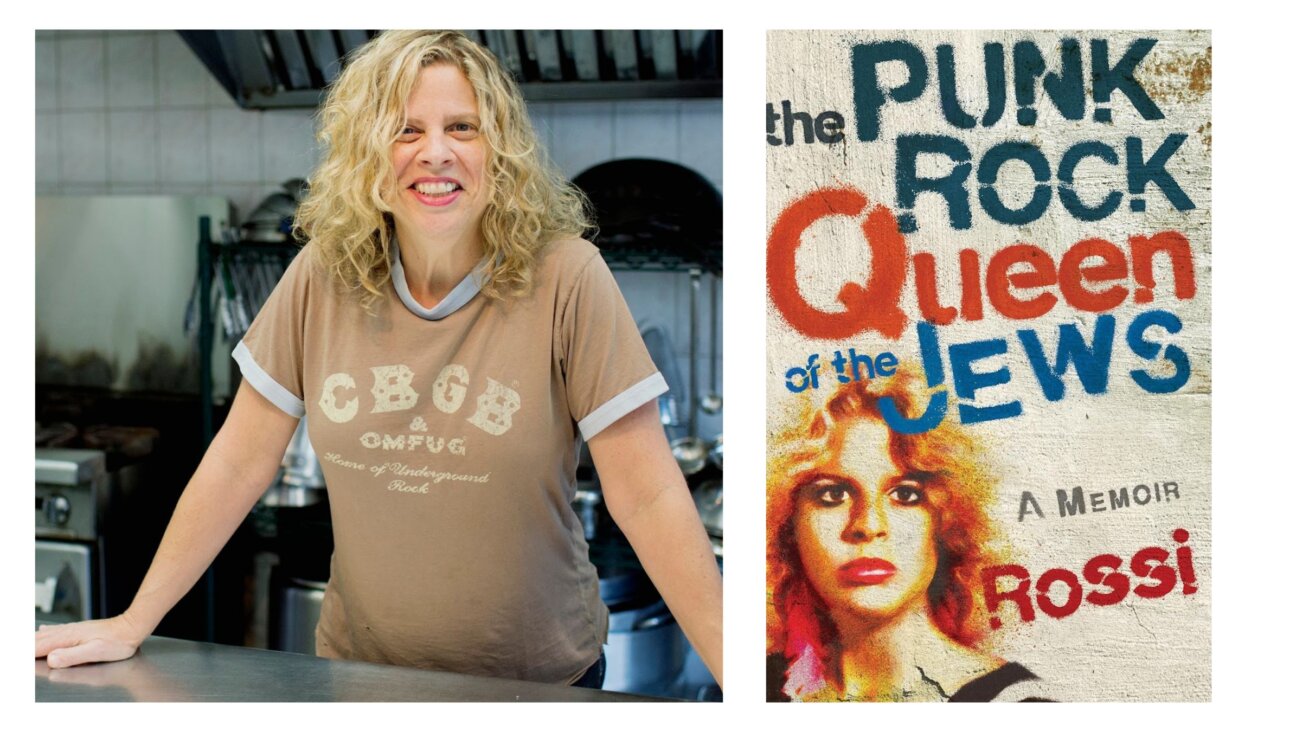The Tulsa massacre wasn’t a ‘race riot’ — it was a pogrom

The Tulsa massacre By Getty Images
One hundred years ago, a pogrom destroyed a community. A pogrom is, according to John Klier, who was the subject’s leading authority and author of numerous seminal studies on Russian Jews, “an outbreak of mass violence directed against a minority religious, ethnic or social group. It usually implies central instigation and control, or at minimum the passivity of local authorities.”
In this pogrom, which lasted barely 24 hours, some 300 men, women and children were murdered in cold blood, 1500 homes and businesses were burned down, and an entire community that took decades to build was destroyed. Planes fired from the sky and may have even dropped bombs from the sky. As so often happened, the surviving victims rather than the perpetrators were arrested and blamed, insurance companies refused to pay out on policies, and survivors had no choice but to leave or try to rebuild on the site of their destruction.
This particular pogrom did not take place in Ukraine, it was not led by Cossacks, and the victims were not Jews. It happened in Tulsa, Oklahoma, and it was one of dozens of pogroms – separate from thousands of individual lynchings – suffered by African-American in the years following their emancipation from slavery. The extremity of brutality is hard to overstate. More people – nearly 10 times as many – were murdered in this one day in Tulsa than in the entire series of Russian pogroms that lasted from 1881 to 1884, which sparked the Jews’ mass emigration to America and the birth of Zionism.
These events are often called race riots, but this is a misnomer that suggests some sort of “West Side Story” battle of rival ethnic gangs. They were pogroms. They were violent attacks by mobs of the majority race/ethnicity, who – secure in the support or acquiescence of the state – attacked Black communities with impunity: murdering, raping and destroying their property and homes. The Tulsa violence, like many lynchings and pogroms, was sparked by an accusation of rape, a sort of blood libel based on the myth of Black lust for white women. (That Black men have been so horrifically murdered in public spectacle for raping “our women” is tragically ironic considering the rape of Black women by whites has been so systematic for so many centuries that recent genetic studies have estimated that on average well over 20 percent of African-American DNA today is European.)
The “pogromchiks” – as they are known in Russian and Yiddish – attacked to release their racist hatred and to keep the minority population in their place. This is part of the story of how America and American power – South and North – was built on slavery and subsequent exploitation. The loss from these pogroms fell not just on the immediate victims but also subsequent generations. It’s the loss of generational wealth, made worse by redlining, by the deliberate construction of highways through Black neighborhoods, by the lack of access to good schools, and more. Studies like this one from the Brookings Institute highlight the dramatic disparity in household wealth between Blacks and whites that persists to this day, affecting the ability to overcome both personal and national adversity such as the Great Recession and the recent pandemic, a powerful rebuttal to anyone who “doesn’t see color” when opposing affirmative action or reparations.
Though Holocaust education has a long way to go, Jews have been very successful in promoting it at all levels of society – from primary schools through college classes up to the Holocaust Museum on the Washington Mall. Never forget. That is our mantra.
But America HAS forgotten, and it is no accident. The history of this violence and expropriation was deliberately suppressed in the United States as thoroughly as the Soviets buried the history of the Holocaust and prewar Jewish life in Eastern Europe.
I took AP History courses in a competitive high school, was a history major in college and later received my doctorate in history from a leading graduate program. Yet I never heard of the Tulsa massacre until I was perhaps my late 30s. Many others never heard of it until it was portrayed so graphically in the television miniseries “Watchmen” and may still not have realized it was a true story. Indeed, though I studied the history of the Holocaust in every stage of my education since kindergarten, I never learned anything about this history at all growing up. We need to reflect upon how that contrasts with our Holocaust education.
The National Museum of African-American History and Culture that details this history so powerfully opened only recently, decades after the nearby construction of the United States Holocaust Memorial Museum (USHMM). I understand the reasons for the construction of the USHMM – I was a founding donor and I support the vital role it plays in education and research – but it says something about America that it opened that museum in 1993, a decade before Congress even ordered the establishment of the museum of African-American history. I can still hear the deep voice of my teacher, George Mosse, the great historian of 20th century Germany, thundering in my classroom in 1994, “Why did we build this [Holocaust] museum on American holy ground?”
Why, he was asking, did America dedicate a museum to the Holocaust on its “holy ground” of the Washington Mall while no such museum to African-American or the history of slavery was even yet planned, despite its far greater relevance to our own history.
The answer, of course, is precisely because of its central relevance to our own history and the shameful past it details. Even Germany can manage better. The Nazi period is portrayed at the Jewish Museum in Berlin and many others as a catastrophe of 12 years, with details of the destruction it wrought and explanation of the anti-Semitic history and the political context that enabled the Nazi catastrophe.
In contrast, African-American history has been, in many ways, a dystopian nightmare that sits at the foundation of the entire American experience. African-American have lived this nightmare for centuries, slowly climbing out of its hell while constantly facing new challenges from every level of society and government designed to re-entrench their subservience and oppression. It is not only the legacy of slavery; it is the constant violence, oppression and loss of wealth and opportunity at every step since.
The TV series “Man in the High Castle” explores a dystopian counter-history of Nazi rule in America. But this is only a counter-history for Jews. The genocidal exploitation of slavery was the normalization of that dystopia for centuries, followed by the normalization of something less genocidal but no less insane for it.
How should Jews specifically mark this sad anniversary? We should draw on our own efforts at education and reparation. Let us commit to teaching and learning the history of these four centuries of on-going oppression, murder and expropriation and pledge to advocate policies that address the continuing legacy of that destruction.
Joshua Shanes is associate professor of Jewish Studies at the College of Charleston and director of the Arnold Center for Israel Studies.
















